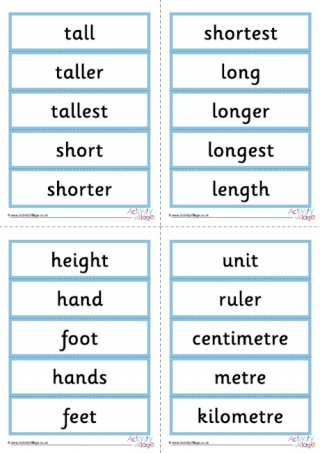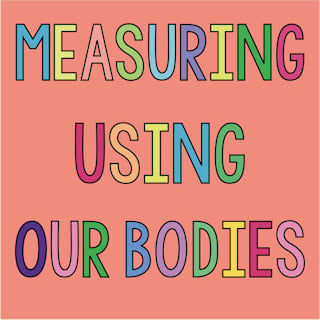Using simple, familiar objects is a good first step in learning to measure, as it helps children with the concept of measuring in "units" - whether the unit be a paper clip, a cube or a kitchen utensil. It also gives children a means of estimating and measuring when rulers and tape measures aren't available!
Hands On Ideas
- Measure with paper clips or other small objects. Give children a pile of paper clips and show them how you can line them up side by side to measure the length of a simple object - perhaps a pencil or crayon. Model sentences such as "This pencil is the same length as 7 paper clips", or "This crayon is about 5 paper clips long". Point out to the children that we know that 7 is more than 5, so the pencil must be longer than the crayon.
- Guess. When children are familiar with this concept, suggest they guess how long an object is before measuring it.
Taking It Further
- Brainstorm. What other objects can we measure with? Suggest that the children collect some objects and try them out, and discuss the pros and cons of each.
- Measure something very long with paper clips. Let the children try to measure a long object - perhaps the teacher's desk - with paper clips. Does it cause any problems? Ask them to suggest a better unit of measurement.
- Guess with partners. Put children into pairs and ask them to challenge their partner to guess how many units something is, then measure it together to see if the guess was correct. Swap over.
Our Measuring Using Objects Resources
These word cards introduce the first measurement words that children will need to learn - including comparative adjectives for measuring length and height and simple metric (UK) and traditional (US) units of measurement.


